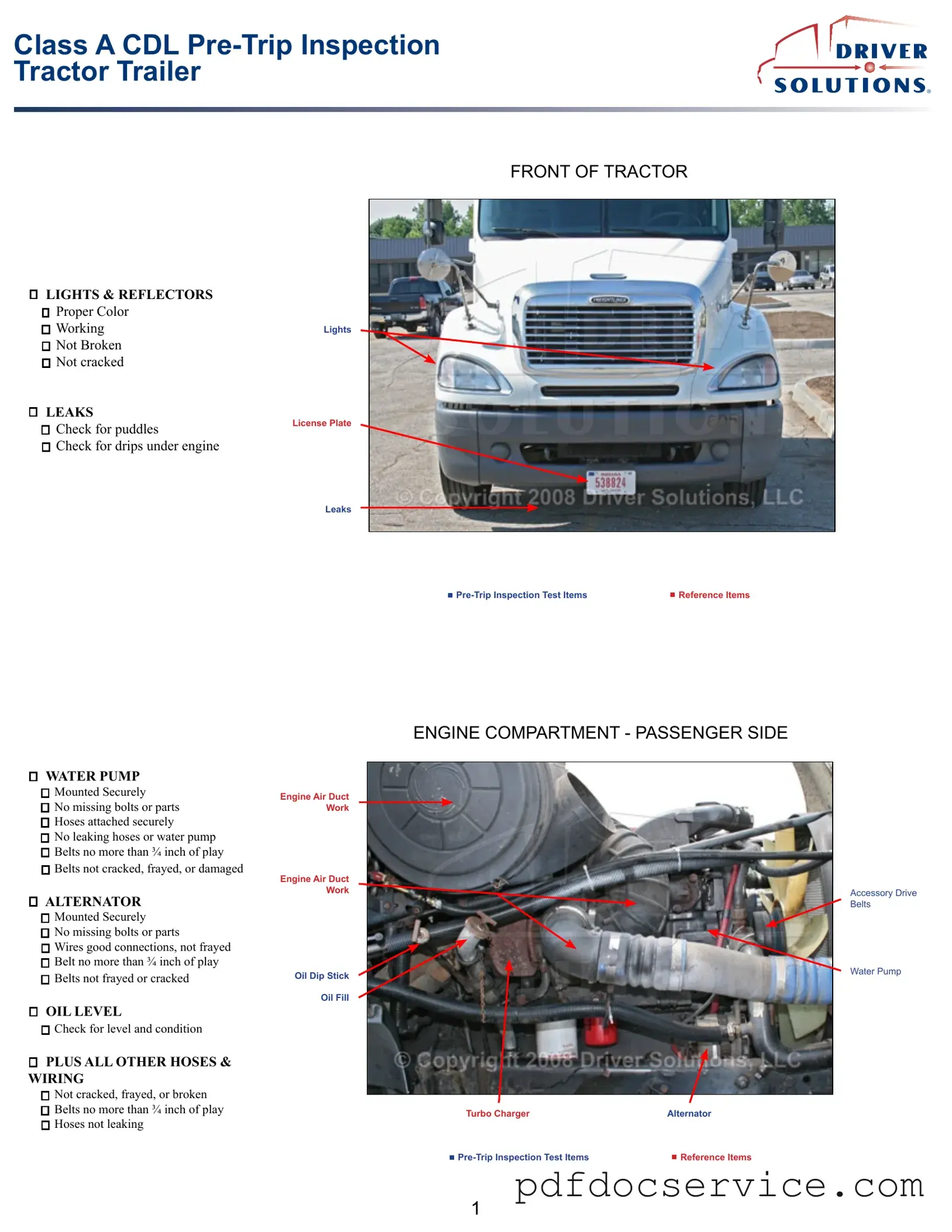Fill Your Pre Trip Inspection Checklist Form
The Pre Trip Inspection Checklist form is a vital tool used by drivers to ensure that their vehicles are safe and roadworthy before embarking on a journey. This checklist helps identify any potential issues that could compromise safety, allowing drivers to address them proactively. By following this simple yet effective guide, drivers can contribute to safer roads for everyone.
Open Pre Trip Inspection Checklist Editor
